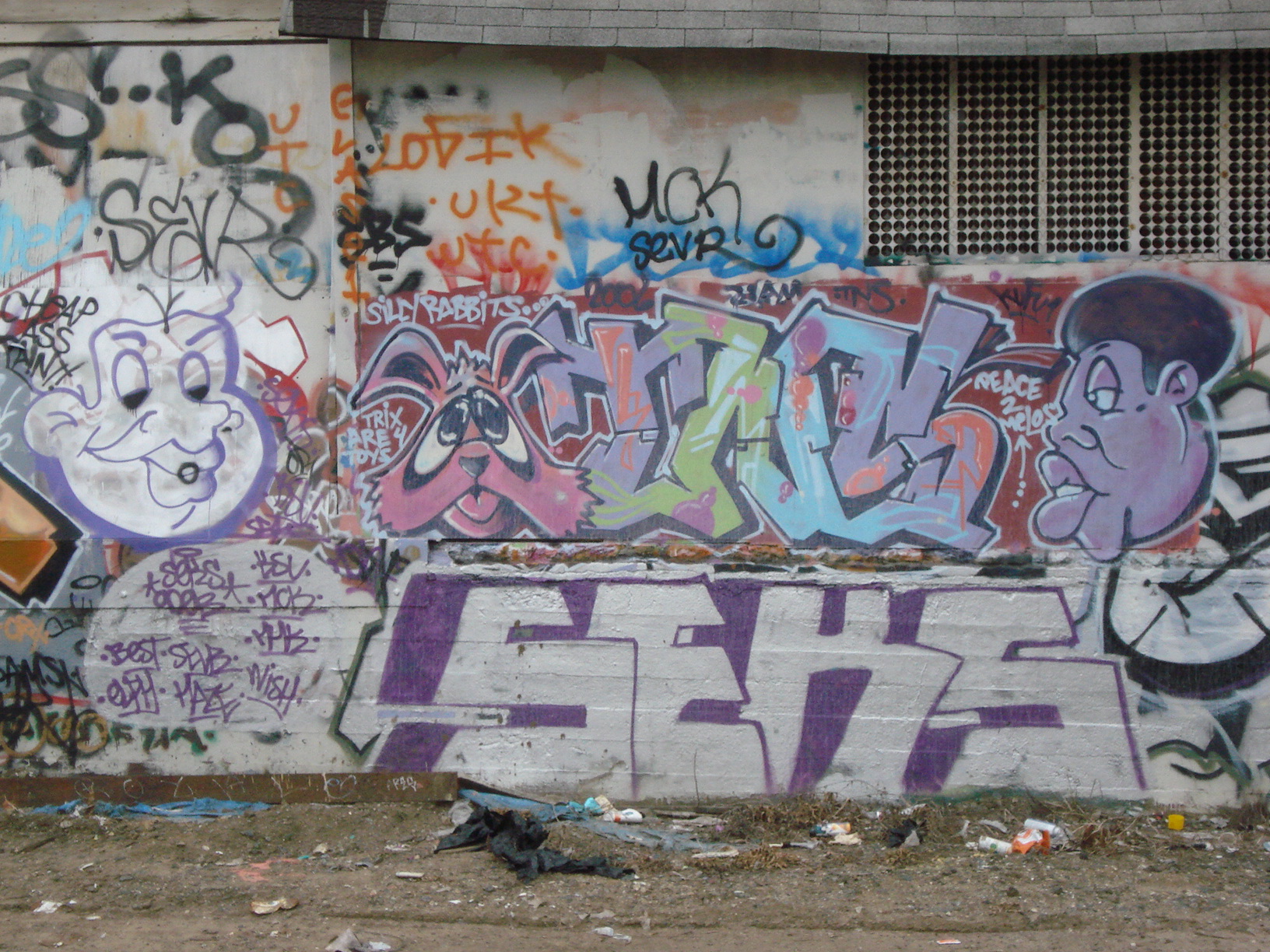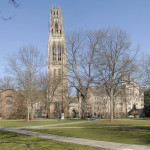by Arturo Pineda
Recently the state of California and the cities of New York and Portland have passed legislation that will gradually raise the minimum wage to 15 dollars. (Portland’s bill will raise the minimum wage to 14.75 dollars). The process to achieve the target minimum wage varies widely but the goal is the same: to create a living wage that coincides with the minimum wage.
The establishment of living wages would impact current minimum wage workers, workers who salary has not increased at the pace of the cost of living in their respective cities.
In the United States, African-Americans, Asians, Latinxs, and Native Americans constitute 42% of minimum wage workers, yet they only represent 32% of the entire U.S. workforce. In certain sectors, like the restaurant industries, the numbers are further imbalanced. In 2014, workers of color accounted for 59% of all dishwashers, and 35% of all fast food preparation workers. Both of these positions are two of the lowest-paid positions in the industry, barely being above the federal minimum wage at $8.48 and $8.78, respectively.
As a result of the disparity between the cost of living and current minimum wage and low wages, poverty afflicts POC communities disproportionately. The total amount of people who live in poverty is estimated to be 14% or 45 million people, according to the United States Census Bureau. Latinx and Black communities alone account for 50% of all people living in poverty, yet they only comprise 28.5% of the total population.
Raising the minimum wage gap aids in closing the race-gender pay gap between POC communities and white male workers. On average, Black men and Latinos earns 71% of what a white male earns, while Black women and Latinas earn make 62% of a white man according the Pew Research Center. Raising the minimum wage could also aid POC communities to close the gap between income and the cost of living. Currently the median income for white families is 20 times higher than Black families, and 18 times higher than Latinx communities.



